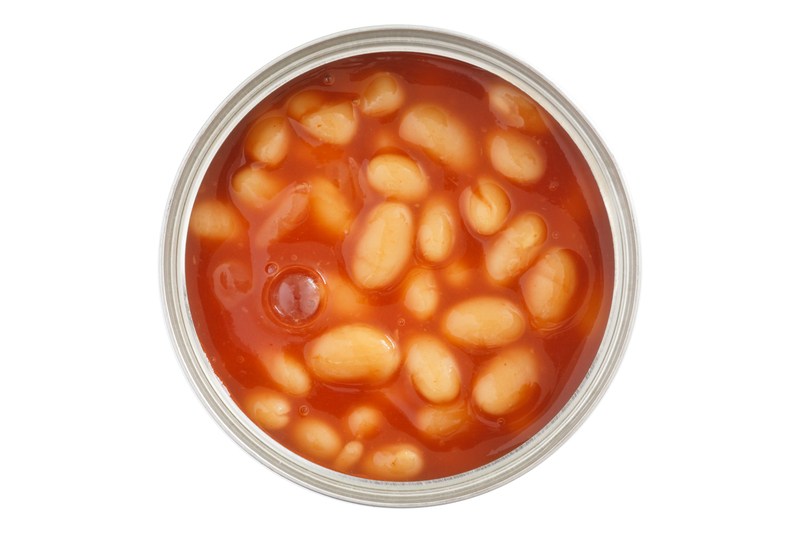That half-empty can of corn sitting in your refrigerator might seem harmless, but there’s more to the story than meets the eye. While previous generations warned against storing open cans due to lead poisoning risks, modern food storage concerns are less dramatic but equally important for maintaining food quality.
Modern cans aren’t your grandmother’s storage containers

Today’s cans are engineering marvels compared to their predecessors. Gone are the lead-soldered seams that once posed health risks. Instead, modern cans feature sophisticated double-seam construction and protective linings that create a barrier between food and metal.
However, these advances don’t make open cans ideal for storage. While approximately 90% of steel cans now use alternative linings, some still contain BPA or similar compounds. When exposed to air and refrigeration, these materials might interact differently with your food than when sealed.
The real reason to transfer your leftovers
Imagine opening your refrigerator to find last night’s black beans have taken on an odd metallic tang. This isn’t just your imagination at work. Acidic foods can gradually react with the can’s metal, altering their taste profile. Even non-acidic foods aren’t immune to quality changes when left in an open can.
What’s more, open cans don’t provide an airtight seal, leaving your food vulnerable to absorbing refrigerator odors. That innocent-looking can of mushrooms might start picking up hints of last week’s leftover onions – not exactly the flavor profile you were aiming for.
Smart storage solutions for canned food leftovers

Transfer your canned goods to glass or BPA-free plastic containers with tight-fitting lids. Mason jars work brilliantly for this purpose, and many come with measurement markings – perfect for tracking portions. Clear containers also make it easier to identify contents at a glance, reducing the chance of forgetting about your leftovers.
The USDA recommends consuming transferred canned goods within four days. Write the date on your container using a dry-erase marker or masking tape to keep track. This simple step prevents the “how long has this been here?” guessing game.
Batch cooking with canned ingredients

If you frequently use partial cans in recipes, consider planning meals that use the entire contents. For instance, if a recipe calls for half a can of chickpeas, prepare a small batch of hummus with the remainder. This approach eliminates storage concerns while reducing food waste.
When batch cooking isn’t possible, portion out the remaining contents into smaller containers. This strategy works especially well for ingredients like tomato paste or chipotle peppers, which are often used in small amounts.
The next time you’re tempted to pop that open can into the refrigerator, remember: a few extra seconds spent transferring the contents to a proper storage container can mean the difference between perfectly preserved leftovers and a disappointing next meal. Your food will maintain its intended flavor, and you’ll have one less kitchen worry to think about.


